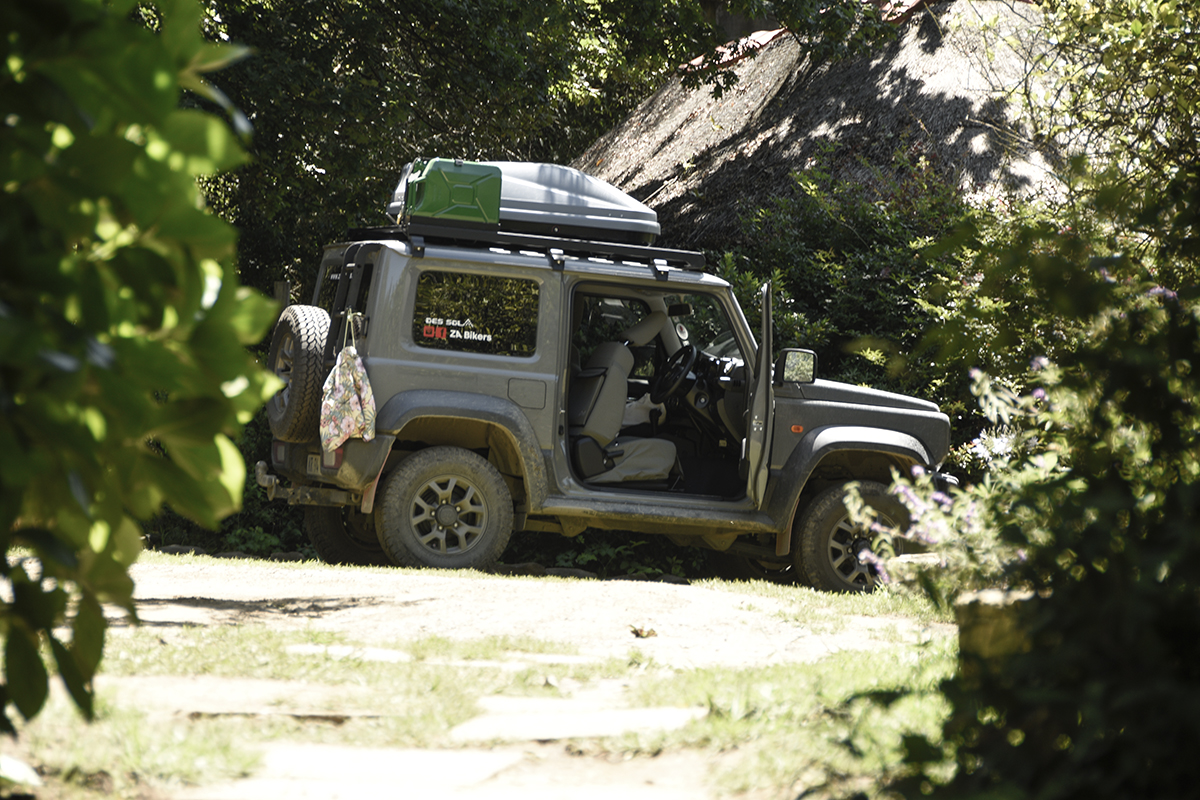Given that our tyres are responsible for making the final connection between your vehicle and the road, we should pay serious attention to their wellbeing. In the crazy-paced world that we live in, this vital aspect of vehicle maintenance is often neglected. I say ‘vehicle’ because the principles are the same for both four and two-wheelers. When we had our first proper foray onto the dirt with our Jimny sporting its General Grabber AT3 tyres, we were very impressed with the all-round performance of the Generals.
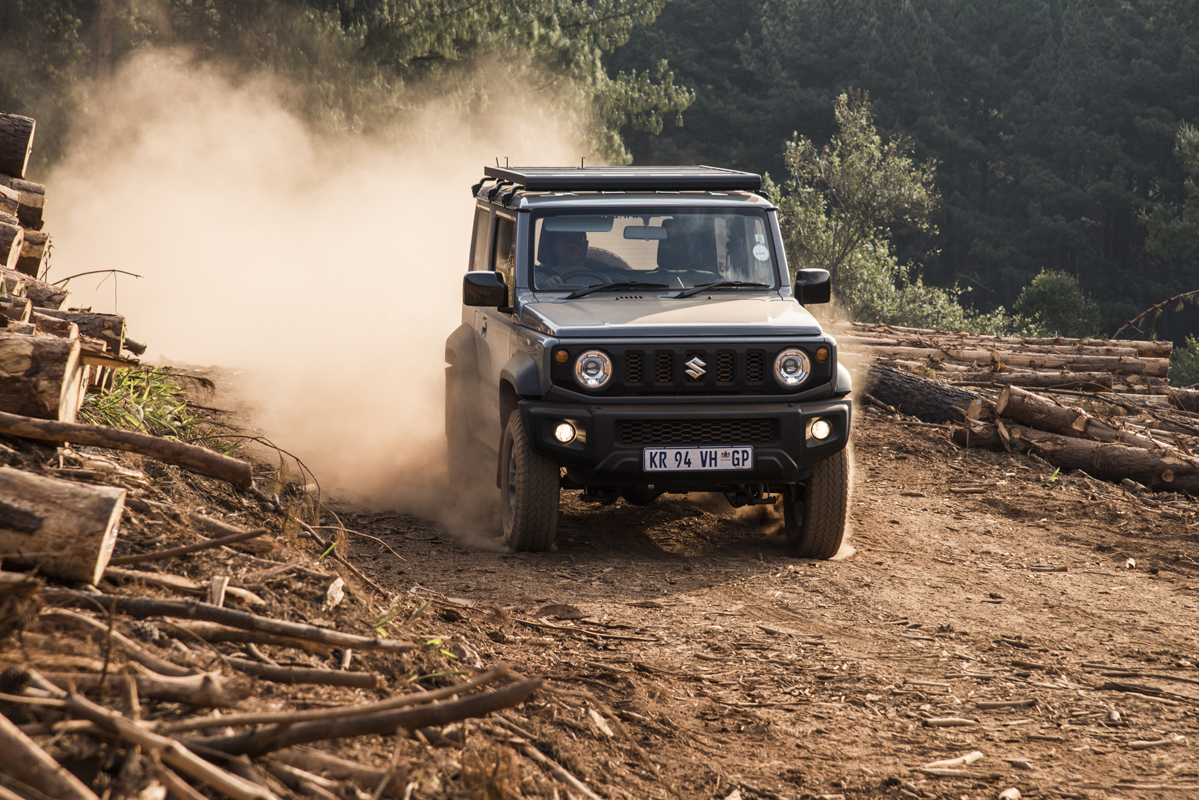
Chatting with Ryan Visagie from General Tire SA after the trip, he asked us some questions about tyre pressures etc that we could not answer, and this really got us thinking.
He sent us a short information video to elaborate.
So, to sum up…the demands placed on tyres on modern vehicles with their advanced dynamic ability are huge. When you don’t pay proper attention to tyre pressures you not only compromise performance you often put your life on the line. This is true for cars, but especially for bikes, where if stability is compromised a mishap is highly likely. Tyre pressure maintenance is an absolutely essential part of vehicle maintenance that should be performed weekly without fail. Just a quickie – when last did you check the tyre pressure on your car and bike, or worse, on your wife’s car? Gotcha!
I put my newfound tyre info to the test during our December family holiday. We took the Jimny down to the Wild Coast, we decided to take the road less travelled driving down via some of the scenic dirt roads skirting the Berg (Lower Loteni) and then one particular stunning dirt road between Port St Johns and Coffee Bay.
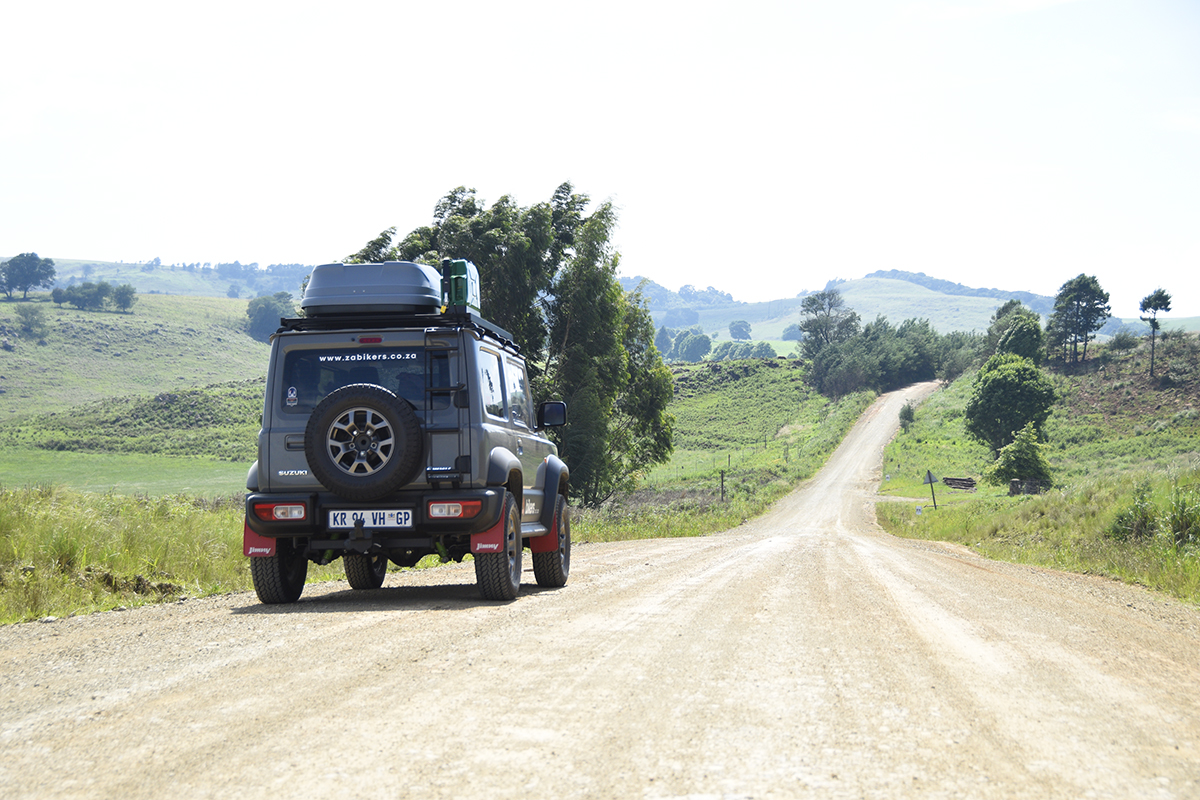
Armed with an accurate tyre pressure gauge and a portable mini compressor, I diligently inflated and deflated my tyres according to the terrain we were traversing. The results in enhanced comfort and dynamic performance were nothing short of spectacular.
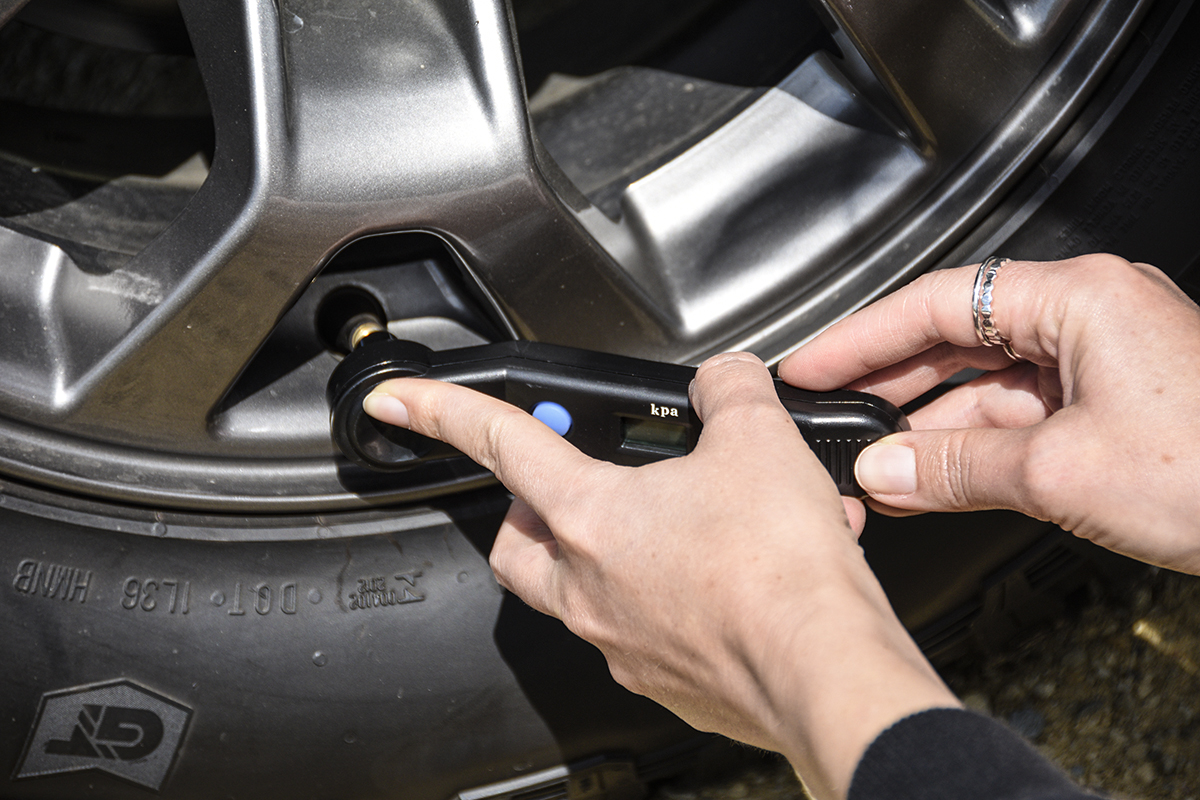
Driving out of Jo’burg with a reasonably laden car, required harder tyre pressures. Obviously, this will depend on your particular vehicle and load. Typically your Owners Handbook will give the recommended pressures. Most vehicles display the pressures with a sticker on the driver’s door frame making for quick reference.
Care should be taken not to overinflate your tyres. This increases centre wear and reduces traction significantly. On irregular surfaces it can cause your tyres to skitter over, rather than ride the road surface, compromising overall stability.
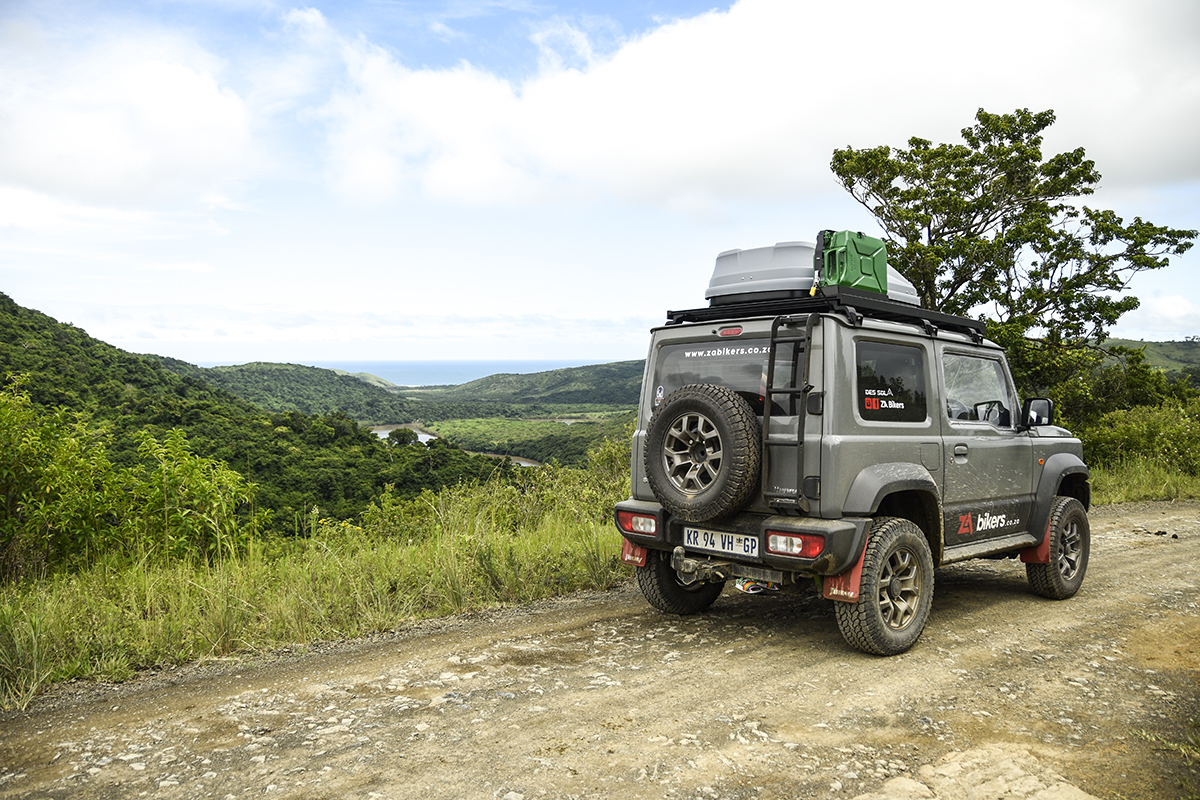
Consider that your tyres are your suspension’s first line of defence. Overinflating your tyres can result in uneven wear too. Conversely, tyres should be deflated significantly for off-road duty. With more give in the tyres, the ride comfort improves significantly over corrugations and road imperfections.
Traction also improves significantly as the footprint lengthens. Be aware that the greater tyre flex builds up heat which can damage the tyre if you neglect to re-inflate the tyre when you get back on tar and speed up again.
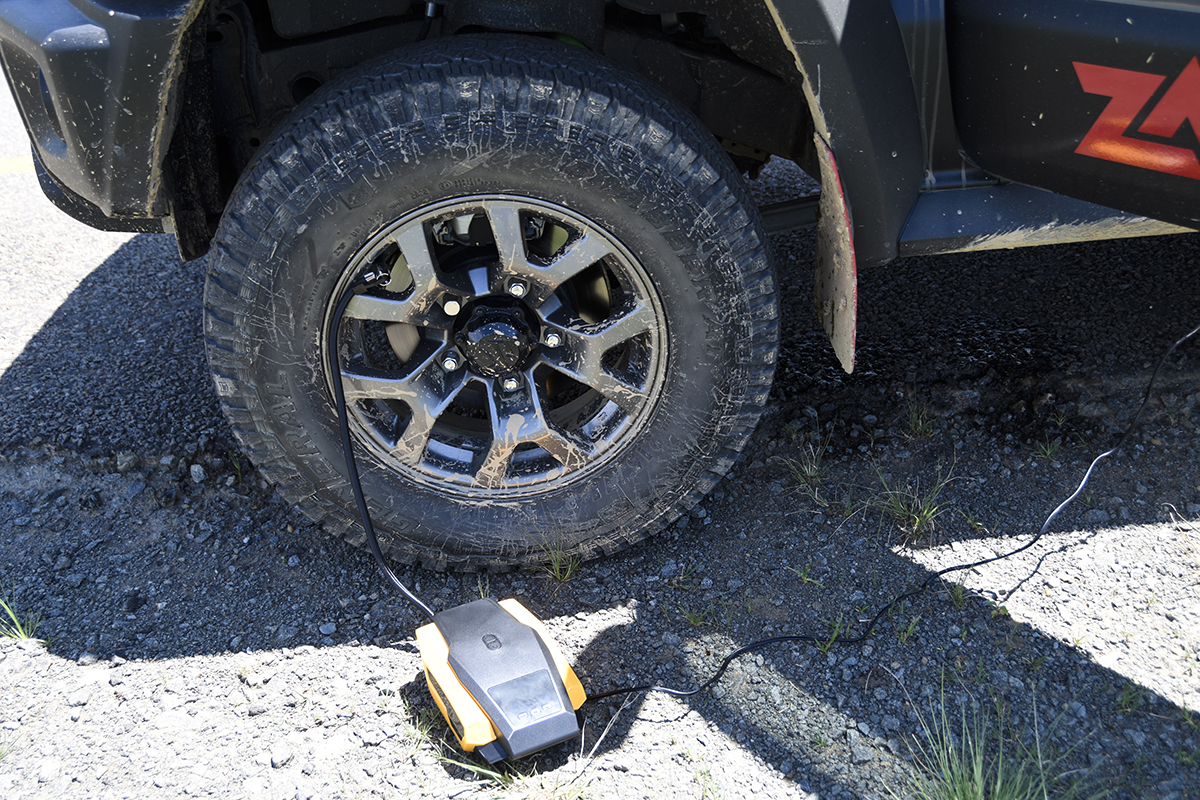
One should also be careful not to deflate the tyres too much. This causes the sidewalls to bulge which makes them vulnerable to damage from sharp stones and the like.
What we are essentially saying is that we need a high level of awareness when it comes to our tyres. Running the correct pressures will not only maximise the performance of your vehicle, but it will give better tyre life and general safety too.
